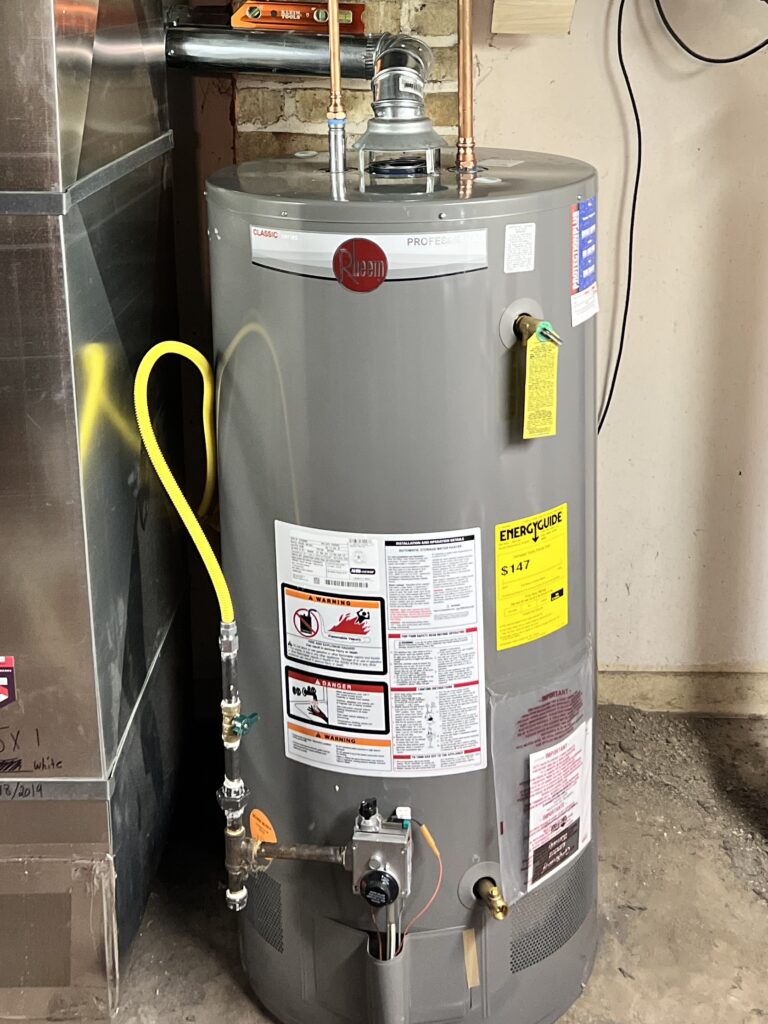

Blog
When and How To Change Your Furnace Filter
Lately there has been a renewed focus on improving in-home air quality. People are turning to products like air purifiers and air scrubbers to remove dust, pollutants, allergens and airborne pathogens from the air.
One critical task that is often overlooked by homeowners is changing their furnace filters. In fact, many people don’t even realize they have a filter or that it needs to be changed.
A survey by The Zebra indicated that 29% of Americans never change the air filters in their homes and one in five people believes it’s not important to change their air filter.
Changing the filter is the No. 1 thing you can do to maintain your furnace without calling a professional, and it only takes a few minutes. Swapping it out regularly provides several benefits to your HVAC system:
- The furnace and air conditioning coil are protected from dirt build-up on the filter, which keeps the system operating efficiently and prevents the coil from freezing up.
- Because all the air in your home passes through the furnace filter, the indoor air quality is improved and allergens are reduced with a clean filter. Disposing of used filters removes the trapped dirt, pollen and allergens.
- Changing the filter will help prevent furnace shutdowns. A clogged filter can cause a furnace to stop working because it completely restricts airflow. In some cases, a clogged filter can be sucked into the blower motor, tearing up the filter — and the equipment.
The frequency at which your furnace filter needs to be replaced depends on the type that is used by your HVAC system. Let’s compare the different types of filters so you can set a schedule to replace yours regularly.
Different Types of Furnace Filters
A standard 1- to 3-inch disposable filter should be changed at least once per month. Pleated filters, on the other hand, have more surface area and tend to plug up faster. These should be changed twice a month.
High-efficiency particulate air (HEPA) filters are recommended by the U.S. Department of Health and are able to remove at least 99.97% of airborne allergens and pollutants. These have more surface area and can be replaced about once every six months.
UV filters use short-wave ultraviolet light to kill bacteria and viruses as they pass through the HVAC unit. Most manufacturers recommend that you change this type of filter once every 12 months.
Set Your Schedule — Change Your Furnace Filter Regularly
The longevity of your furnace filter is dictated not only by its type, but also by the cleanliness of the home environment. Filters will fill up faster if there is a lot of dust and allergens in the air.
As a general rule of thumb, you should check your filter at least every 30 days. Consider setting a reminder in your calendar or on your cell phone on the same day each month to make sure it’s getting done regularly.








